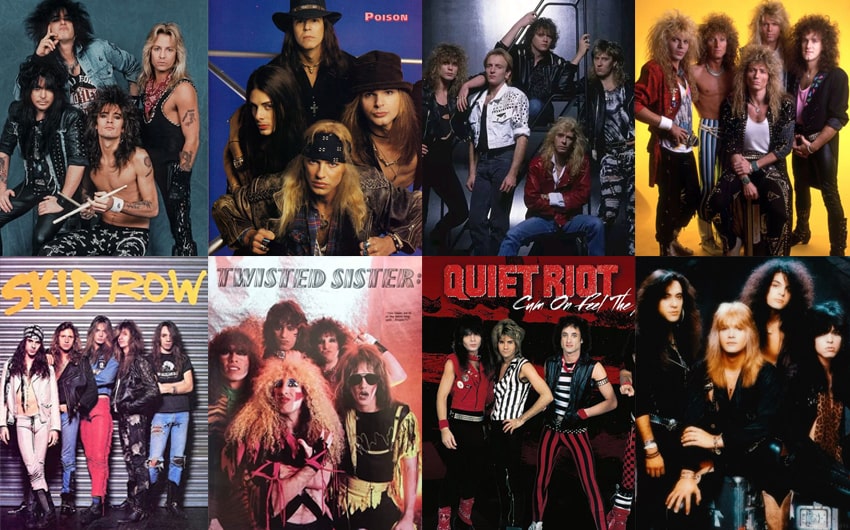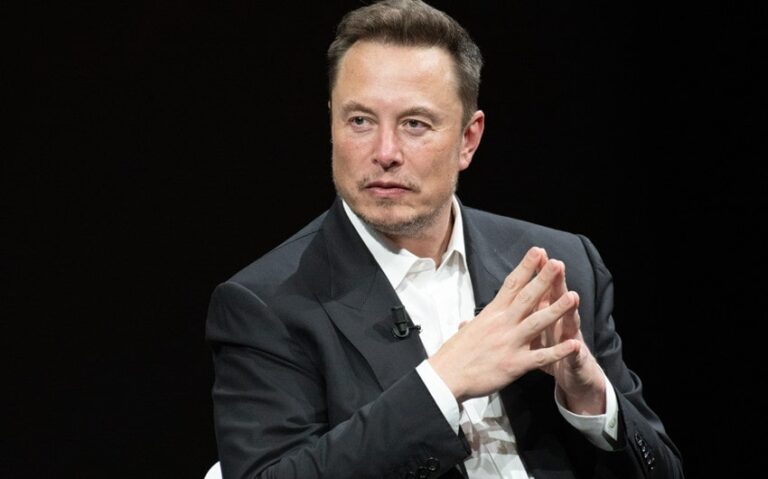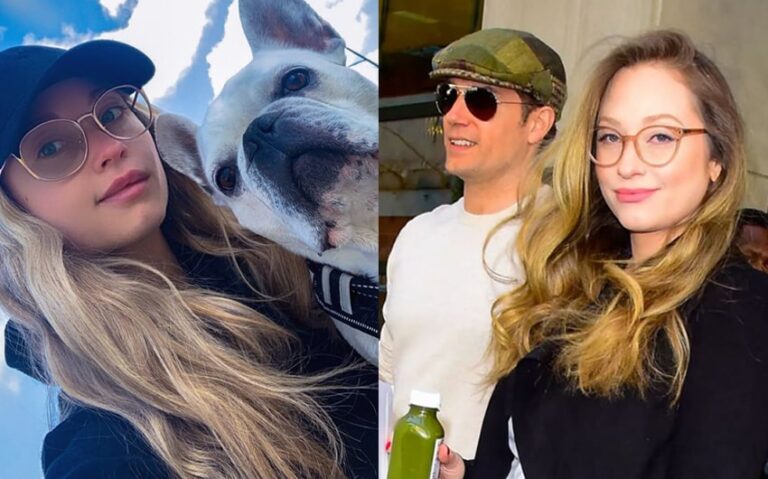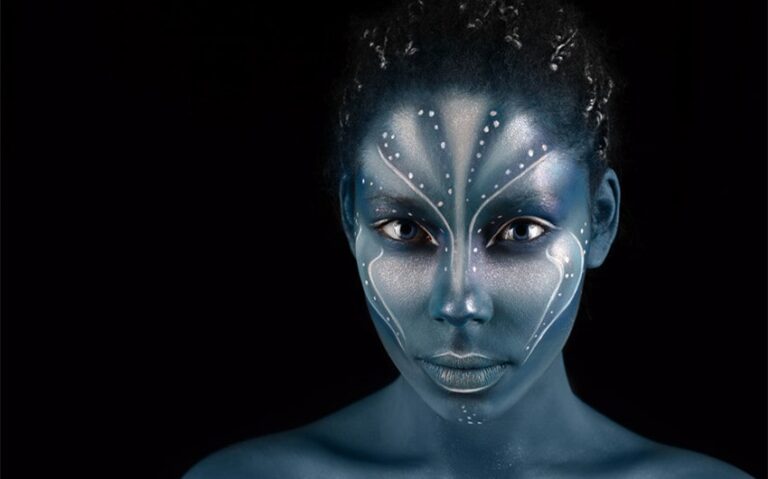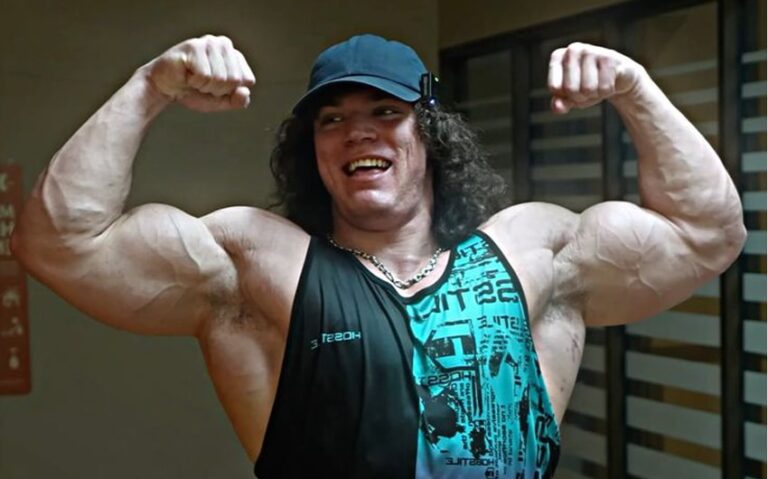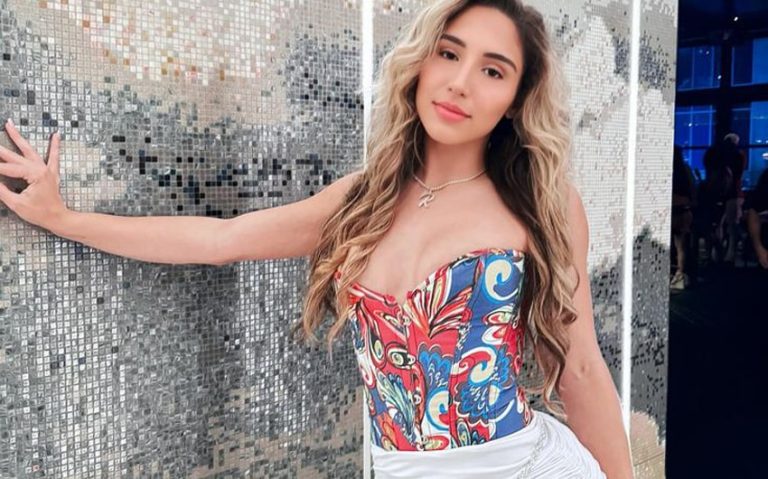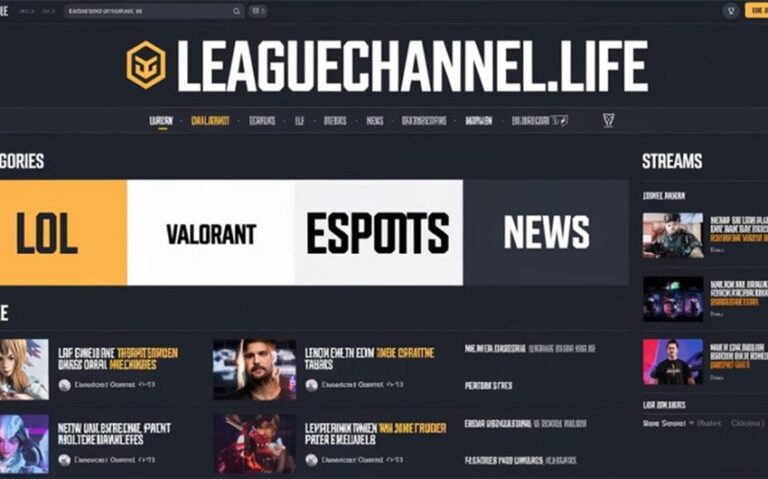A Look Back at the Wild Era of 80s Hair Bands
Big hair, flashy outfits, and rock anthems—there’s no doubt the 80s were a wild time for music. 80s hair bands dominated the scene, mixing glam style with hard-hitting rock that took over the airwaves. Whether you were blasting their power ballads or trying to replicate their sky-high hairdos, these bands left a lasting mark on both music and fashion. From stadium shows to MTV, they became icons of a generation.
In this article, we’ll dive into the rise, influence, and legacy of these unforgettable rock legends.
What Defines a Hair Band?
Hair bands, or glam metal bands, are instantly recognizable for their big hair—teased and sprayed to incredible heights. This bold look became a key part of their image, helping them stand out visually in a crowded music scene. The style wasn’t just for show; it represented the larger-than-life persona these bands embodied, turning heads both on stage and in their iconic music videos.
Musically, hair bands blended hard rock and pop, creating catchy, radio-friendly anthems with heavy guitar riffs and powerful vocals. Their songs were known for upbeat energy and memorable choruses, making them widely appealing. Power ballads were another staple, adding emotional depth to their rock sound, with hits like Poison’s “Every Rose Has Its Thorn” becoming iconic for their balance of intensity and sentimentality.
Fashion was equally important. Hair bands wore flashy outfits, makeup, and leather, embracing a glam-inspired look. This androgynous style was bold and reflected the carefree, rebellious spirit of the genre. Their image was as much a part of their identity as their music, making every performance a visual and auditory spectacle that left a lasting impact on the audience.
Top 10 Iconic 80s Hair Bands
1. Mötley Crüe
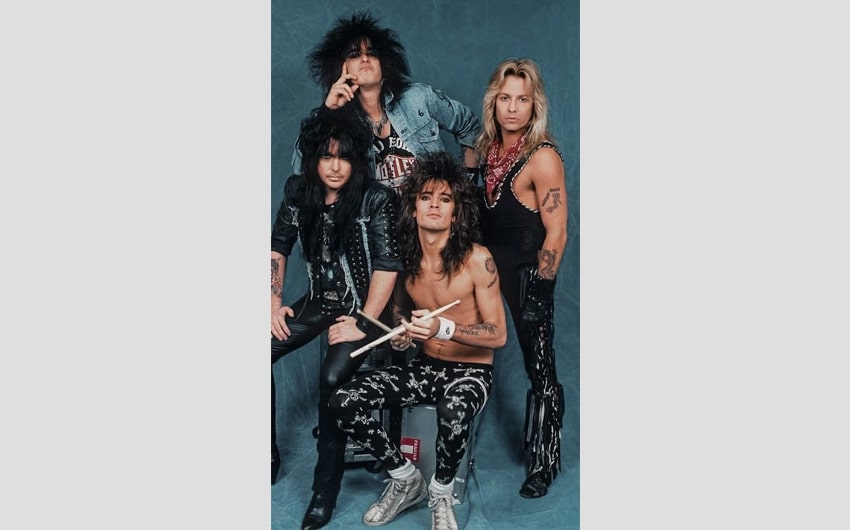
Image source: Pinterest
Mötley Crüe defined the excess and wild spirit of the 80s hair band era. Known for their outrageous lifestyles and hard-hitting music, they delivered hits like “Girls, Girls, Girls” and “Dr. Feelgood.” Their high-energy performances, filled with pyrotechnics and wild antics, captured the rebellious nature of glam metal.
The band’s members—Vince Neil, Nikki Sixx, Mick Mars, and Tommy Lee—became legends both on and off the stage, leaving a lasting influence on rock music and the hair band genre as a whole.
2. Bon Jovi

Image source: Pinterest
Bon Jovi took the hair band sound mainstream with their radio-friendly rock anthems. Their album Slippery When Wet spawned hits like “Livin’ on a Prayer” and “You Give Love a Bad Name,” songs that became defining tracks of the 80s.
Frontman Jon Bon Jovi’s charisma and relatable lyrics helped the band transcend the glam metal label, making them one of the most commercially successful rock bands of all time. Bon Jovi’s blend of rock, pop, and heartfelt ballads set them apart from many of their peers.
3. Poison

Image source: Pinterest
Poison, led by Bret Michaels, embraced the fun, flamboyant side of glam metal with hits like “Every Rose Has Its Thorn” and “Talk Dirty to Me.” Their combination of catchy hooks, party-ready vibes, and over-the-top fashion made them a staple of the 80s music scene.
Known for their high-energy shows and flashy look, Poison was all about delivering entertainment, both visually and musically. Their dedication to keeping the glam rock spirit alive has kept them touring and maintaining a loyal fan base even decades later.
4. Def Leppard
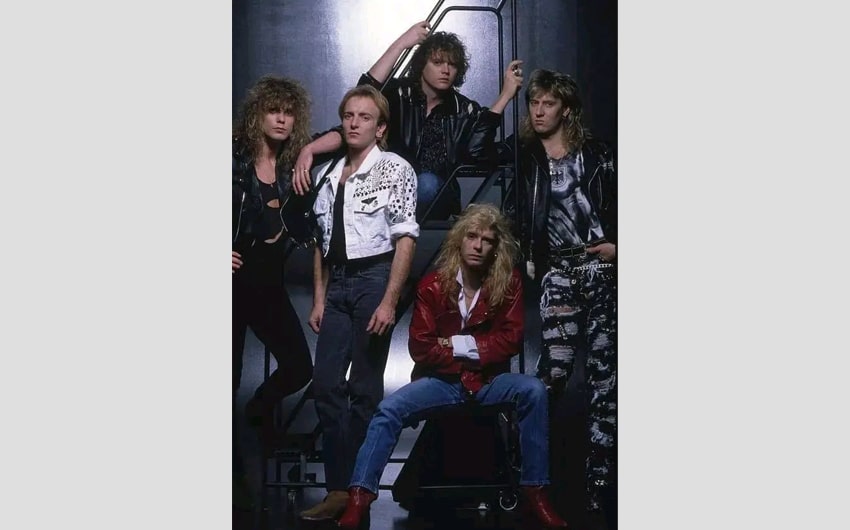
Image source: Pinterest
Though Def Leppard originated in the UK, they became one of the biggest names in the 80s American rock scene. Their album Hysteria produced massive hits like “Pour Some Sugar on Me” and “Love Bites.”
Combining glam metal with a polished, pop-friendly sound, Def Leppard crafted some of the most iconic songs of the decade. Their ability to blend rock with infectious melodies helped them cross over to mainstream success, making them a key player in the hair band movement.
5. Whitesnake

Image source: Pinterest
Led by former Deep Purple vocalist David Coverdale, Whitesnake rose to fame in the 80s with a sound that blended bluesy hard rock with glam metal flair. Their hit “Here I Go Again” became one of the most recognizable anthems of the era, thanks in part to its iconic music video featuring model Tawny Kitaen. Whitesnake’s powerful ballads and catchy rock tunes, combined with Coverdale’s distinctive voice, made them a standout act in the 80s hair band scene.
6. Twisted Sister
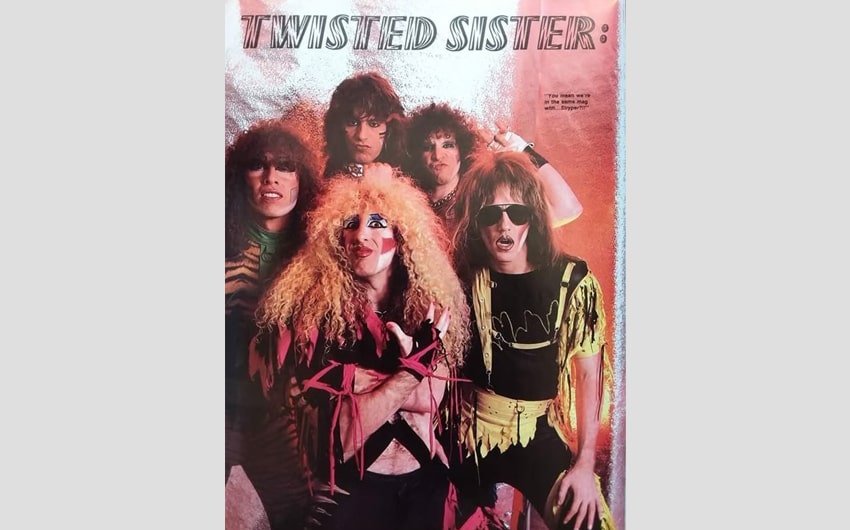
Image source: Pinterest
Twisted Sister brought a rebellious, in-your-face attitude to the hair band movement, most notably with their anthem “We’re Not Gonna Take It.” Led by Dee Snider, the band’s theatrical look—complete with heavy makeup and outrageous outfits—perfectly complemented their bold, energetic music.
Their mix of heavy metal with glam influences set them apart from other bands of the time, and their defiant lyrics struck a chord with fans. Twisted Sister became a symbol of the rebellious spirit of the 80s rock scene.
7. Ratt
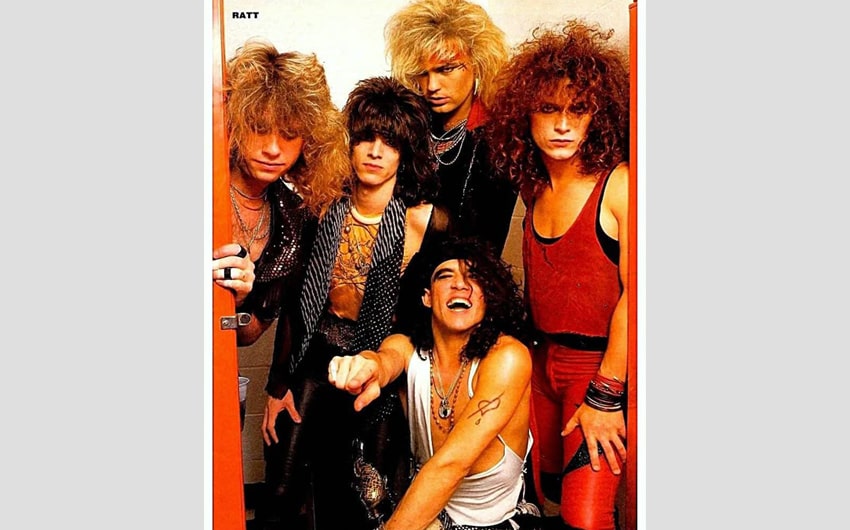
Image source: Pinterest
Ratt was one of the early pioneers of the glam metal scene, with a sound that blended hard rock riffs with pop sensibilities. Their hit song “Round and Round” became a defining track of the genre, and their debut album Out of the Cellar established them as one of the top hair bands of the 80s.
With Stephen Pearcy’s gritty vocals and Warren DeMartini’s impressive guitar work, Ratt’s music captured the raw energy of glam metal while delivering catchy, memorable songs.
8. Cinderella
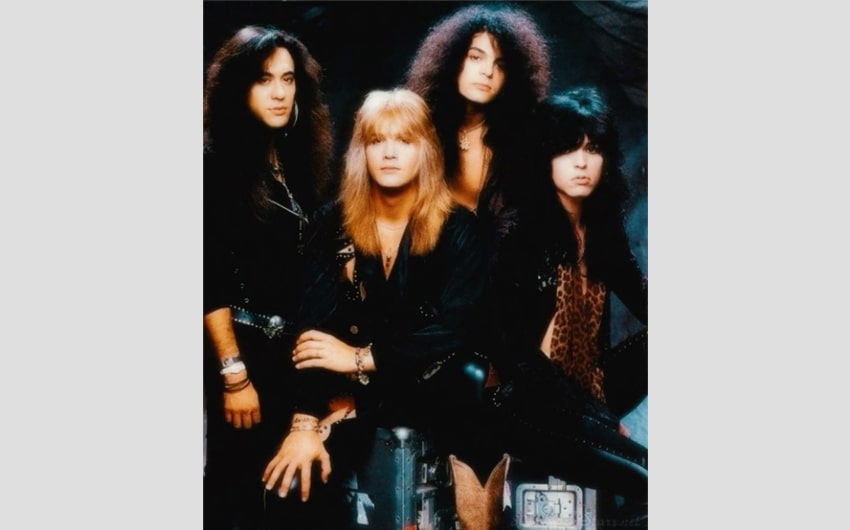
Image source: Pinterest
Cinderella brought a bluesy edge to the hair band movement, blending glam metal with hard rock and blues influences. Hits like “Nobody’s Fool” and “Don’t Know What You Got (Till It’s Gone)” showcased frontman Tom Keifer’s gritty vocals and the band’s ability to mix power ballads with heavier rock anthems. Their blend of raw emotion and high-energy performances helped them stand out in the crowded 80s rock scene, and they gained a dedicated following that still endures today.
9. Quiet Riot

Image source: Pinterest
Quiet Riot played a pivotal role in bringing heavy metal and glam rock to the mainstream with their smash hit “Cum On Feel the Noize.” Their album Metal Health became the first heavy metal record to top the Billboard 200 chart, solidifying their place in rock history.
Known for their hard-hitting sound and high-energy performances, Quiet Riot helped pave the way for other hair bands to achieve commercial success and brought glam metal into the spotlight.
10. Skid Row
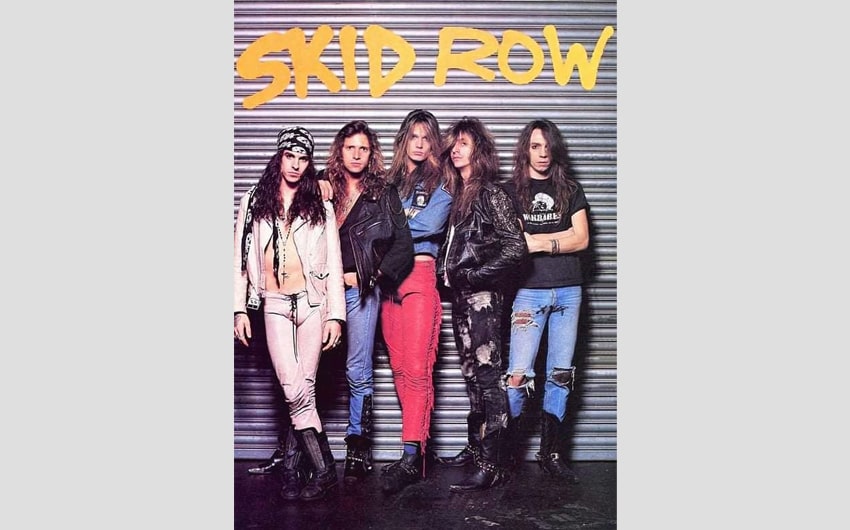
Image source: Pinterest
Skid Row entered the glam metal scene with a harder, edgier sound compared to many of their contemporaries. Fronted by the charismatic Sebastian Bach, the band’s debut album featured hits like “18 and Life” and “Youth Gone Wild,” songs that showcased their rebellious attitude and heavy sound.
While Skid Row embraced the glam look, their music often leaned more toward traditional heavy metal, giving them a unique edge in the hair band scene of the late 80s and early 90s.
The Influence of MTV
MTV was a game-changer for 80s hair bands, providing a platform that made them visually iconic as well as musically popular. Launched in 1981, MTV brought music videos into homes across the world, and hair bands were quick to capitalize on this new medium. Their extravagant fashion, big hair, and flashy performances were tailor-made for the visual appeal MTV demanded. Bands like Mötley Crüe and Poison used MTV to propel themselves into stardom, reaching an audience far beyond traditional radio listeners.
Music videos allowed hair bands to create entire visual experiences around their songs, elevating their stage presence and personalities. The videos often featured elaborate sets, wild antics, and dramatic storylines, which helped to cement their image as rebellious rock stars.
With MTV, it wasn’t just about the music—it was about the spectacle. Bon Jovi’s “Livin’ on a Prayer” and Whitesnake’s “Here I Go Again” are classic examples of how these videos became cultural moments, further embedding the bands in pop culture.
MTV didn’t just provide exposure; it became the main promotional vehicle for these bands. Hair bands were constantly on rotation, which created an endless cycle of popularity. Their music videos became essential to their brand, helping them sell albums, sell out arenas, and dominate the charts. MTV’s emphasis on image-driven music played a crucial role in why the hair band phenomenon took over the 80s, shaping both the sound and the look of the era.
Key Themes in Hair Band Music
Hair band music often revolved around themes of rebellion, freedom, and living life on the edge. Songs celebrated the rock-and-roll lifestyle, with lyrics about breaking free from societal expectations, partying hard, and embracing a carefree existence. Hits like Twisted Sister’s “We’re Not Gonna Take It” became anthems for rebellion, capturing the defiant spirit that resonated with a generation of fans who saw hair bands as an escape from the mundane.
Another central theme in hair band music was love and heartbreak, often delivered through power ballads. These slower, emotionally charged songs contrasted with the harder rock anthems, showcasing the more sensitive side of these wild rock stars.
Tracks like Poison’s “Every Rose Has Its Thorn” and Skid Row’s “I Remember You” became timeless ballads that revealed the vulnerability beneath the tough exterior. These songs connected with fans on a deeper emotional level, showing that even the hardest rockers experienced heartache.
Party culture was another recurring theme, with many songs focusing on the wild, fun-loving lifestyle of being a rock star. Hair bands celebrated excess—fast cars, beautiful women, and nights filled with endless partying.
Tracks like Mötley Crüe’s “Girls, Girls, Girls” and Def Leppard’s “Pour Some Sugar on Me” were filled with innuendo and a sense of pure escapism, creating a fantasy world for their fans. This mix of rebellion, love, and hedonism defined the hair band genre, making their music larger-than-life.
The Decline of Hair Bands
The early 90s marked the decline of 80s hair bands as grunge and alternative rock took over the music scene. Bands like Nirvana and Pearl Jam brought a raw, stripped-down sound that stood in stark contrast to the polished, over-the-top style of hair bands. Grunge embraced authenticity, introspection, and rebellion against commercialism, which resonated with a new generation of listeners. As grunge gained popularity, hair bands quickly fell out of favor, seeming outdated and excessive by comparison.
Another factor contributing to the decline of hair bands was the shift in music industry trends. The flashy image and high-energy performances that once made hair bands famous began to feel formulaic and repetitive.
Audiences were craving something new, and grunge’s gritty aesthetic and emotional depth provided the perfect antidote to the glam excesses of the 80s. By the mid-90s, many hair bands were struggling to adapt to the changing musical landscape, leading to the end of their dominance on the charts.
Despite their decline in mainstream popularity, many 80s hair bands have remained relevant through reunions, nostalgia tours, and loyal fan bases. While the grunge movement overshadowed them for a time, hair bands have since regained a certain level of cultural appreciation. Their music, fashion, and larger-than-life personas have left a lasting legacy in rock history.
Today, the 80s hair band era is remembered fondly by many, not just for its music, but for the fun and flamboyant spirit it brought to the world of rock.

